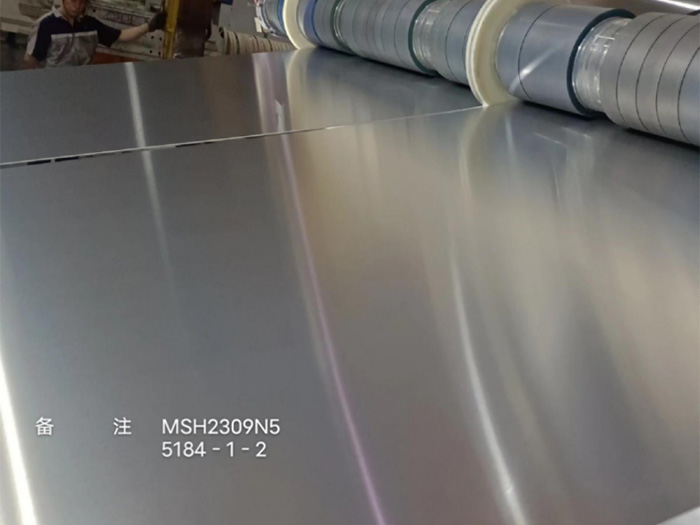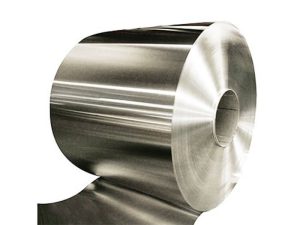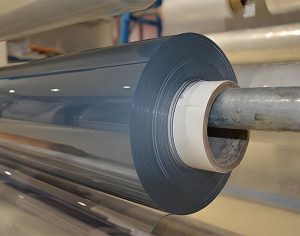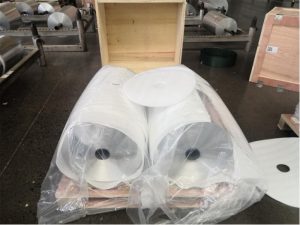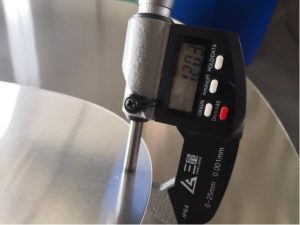Introduction to 1100 Aluminum Coil
1100 Aluminum Coil is a versatile and widely used product due to its excellent formability, versatility, and workability. Suitable for a broad spectrum of applications, from decorative items and electronics to food and beverage containers, this high-quality aluminum product is a staple in the manufacturing industry.
Composition and Alloy Characteristics
The 1100 aluminum coil is a relatively pure aluminum alloy in commercial, containing at least 99.0% pure aluminum. This purity gives the alloy its distinct characteristics:
- Excellent Formability: Known for being very soft in annealed conditions, it’s ideal for manufacturing applications involving multiple forming processes.
- Cold Work Hardenability: While it cannot be heat treated, the 1100 Aluminum can be hardened through cold working to increase hardness and strength.
- Thermal and Electrical Conductivity: Exhibits excellent conductivity, making it suitable for heat exchanger components in electronic devices.
- Good Corrosion Resistance: This feature makes it ideal for weather-resistant structures and components.
Common Tempers
The common tempers of 1100 Aluminum Coil include:
Each temper has specific applications and properties that suit different industrial needs.

Advantages and Disadvantages
1100 Aluminum Coil offers a range of advantages:
- Excellent Corrosion Resistance
- High Electrical Conductivity
- Outstanding Formability
- Exceptional Machinability and Weldability
Despite its many advantages, the 1100 Aluminum Coil is not suitable for high-strength or high-pressure applications due to its low tensile strength and softness.
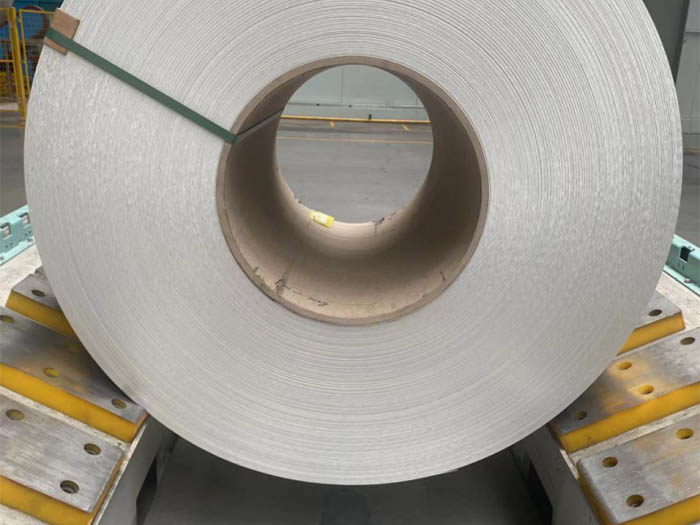
Applications
The 1100 Aluminum Coil finds use in various industries:
- Cookware
- Heat Exchangers
- Industrial Components
- Manufacturing
Each application leverages the unique properties of the 1100 Aluminum Coil.
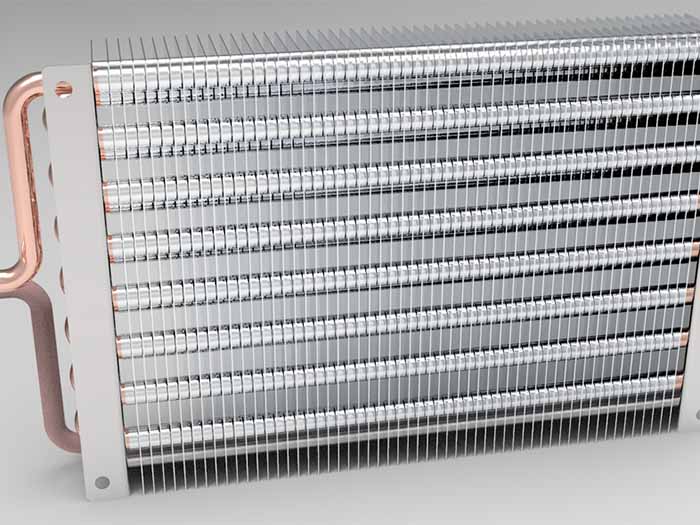
Detailed Specifications
Temper and Dimensions
| Temper |
Thickness Range (mm) |
Width Range (mm) |
Roll ID/OD (mm) |
| F, O, H14, H16, etc. |
0.014 – 0.4 |
40 – 1600 |
Customized |
Applications and Ideal Thickness
| Industry |
Application |
Ideal Thickness Range (mm) |
| Cookware |
Cooking utensils |
0.5 – 2.0 |
| Industrial |
Heat sinks |
0.2 – 1.0 |
| HVAC |
Fin stock |
0.1 – 0.5 |
| Consumer Products |
Spun hollowware |
0.5 – 2.0 |
This table is a small sample of the extensive list of applications and the ideal thickness ranges for each use.
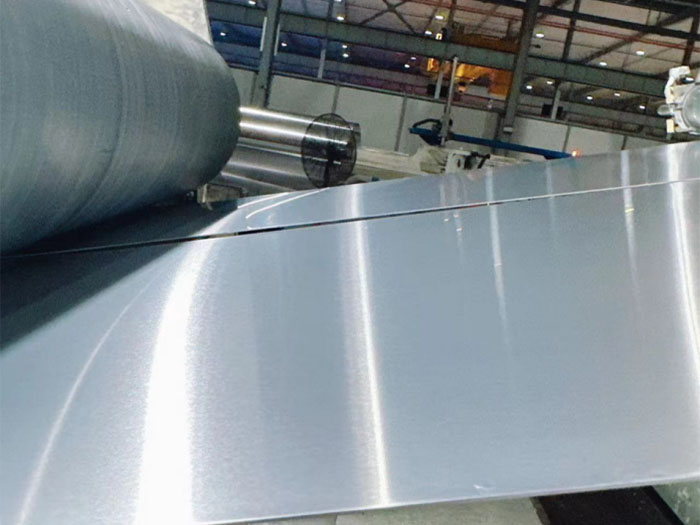
Chemical Composition
| Component Elements Properties |
Metric |
| Aluminum, Al |
>= 99.00 % |
| Beryllium, Be |
<= 0.0008 % |
| Copper, Cu |
0.05 – 0.20 % |
| Manganese, Mn |
<= 0.05 % |
| Other, each |
<= 0.05 % |
| Other, total |
<= 0.15 % |
| Si+Fe |
<= 0.95 % |
| Zinc, Zn |
<= 0.10 % |
